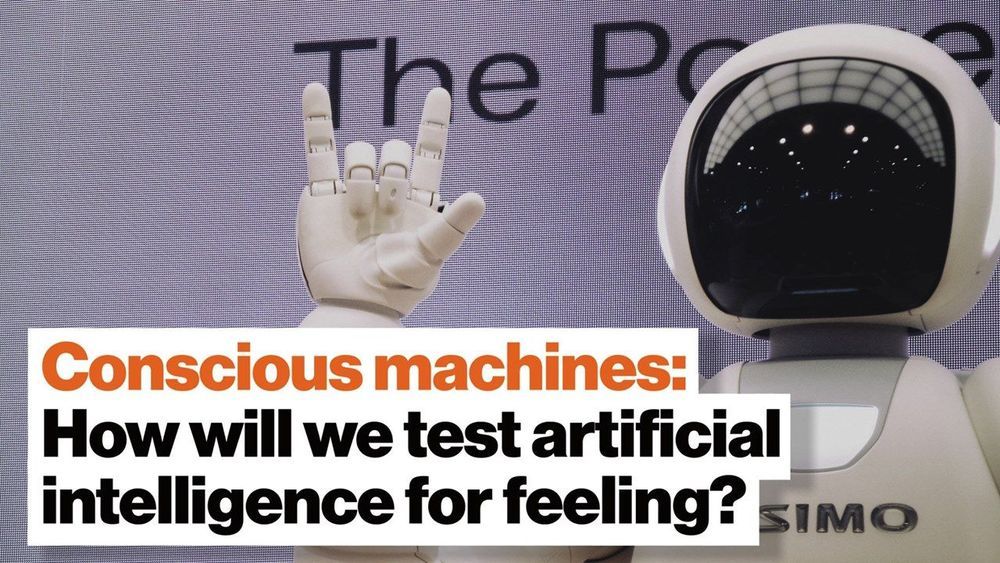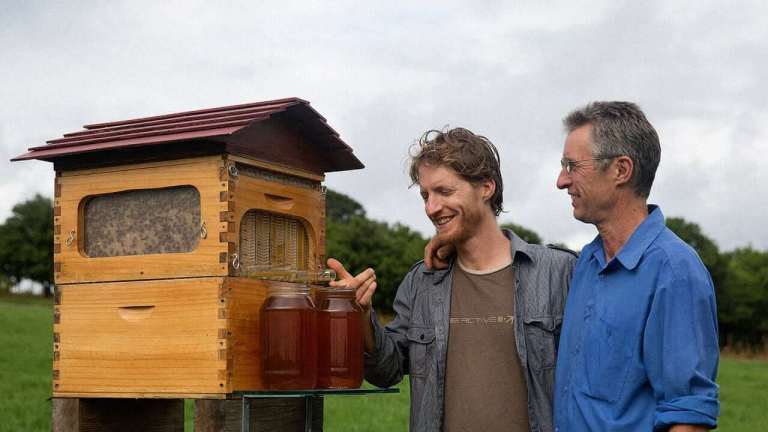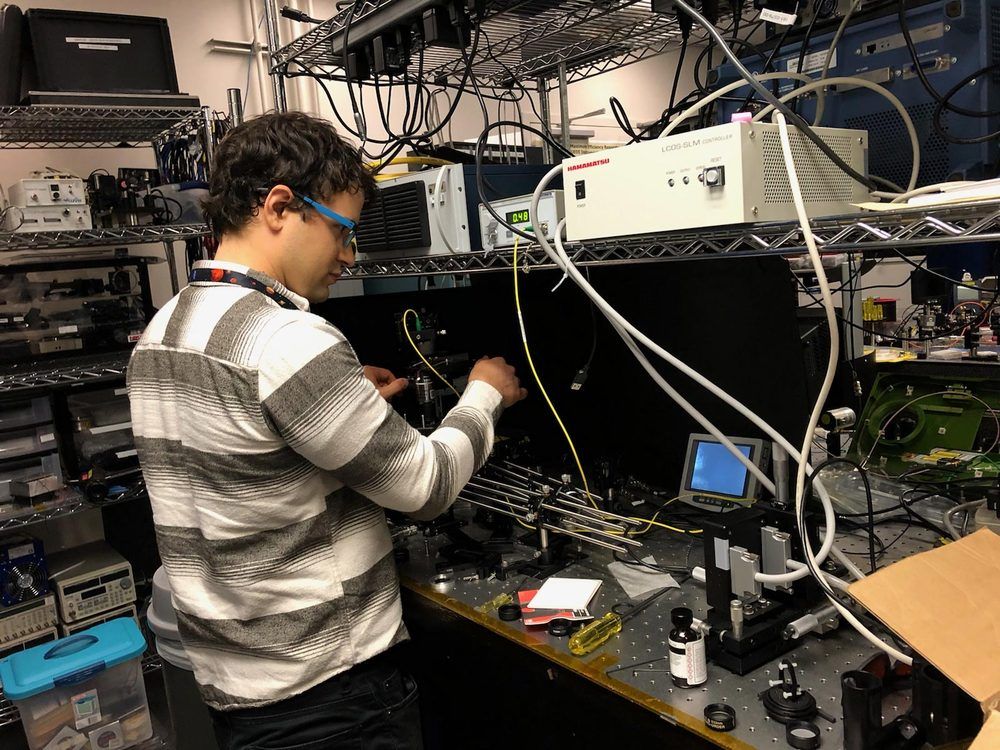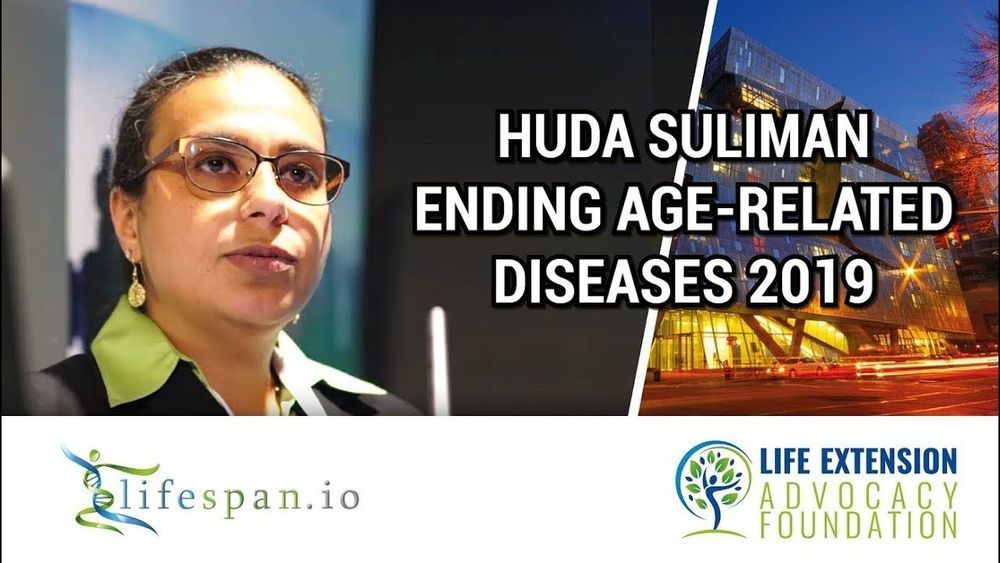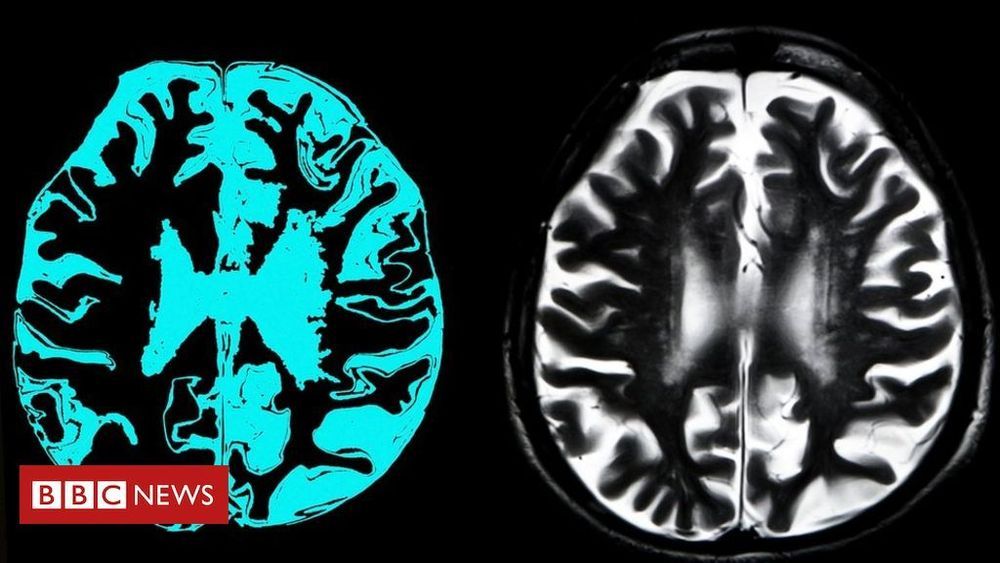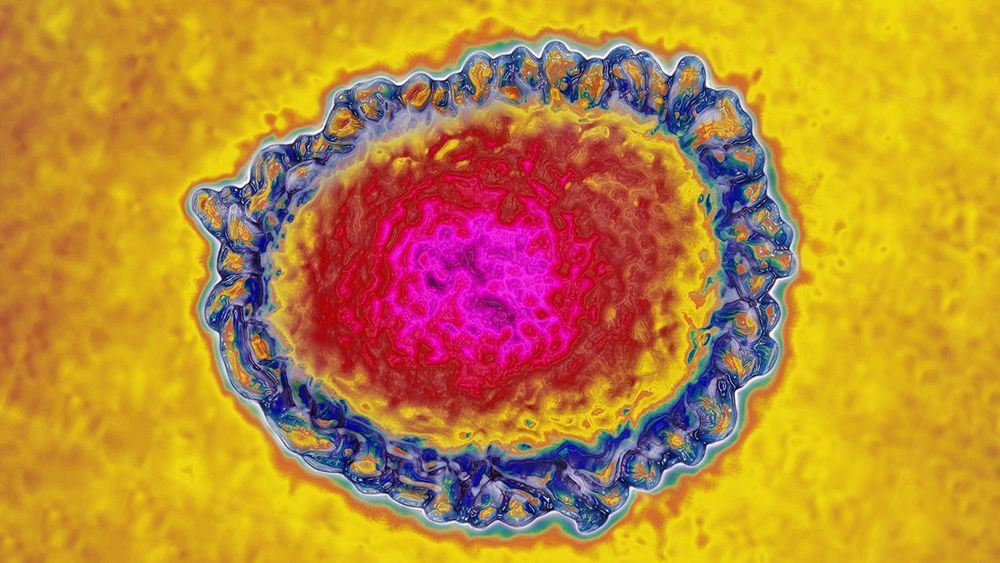Oct 24, 2019
To determine whether robots have a felt quality of experience
Posted by Paul Battista in category: robotics/AI
To determine whether robots have a felt quality of experience, we’ll have to ask them, and ourselves, several probing questions — i.e., “Can the mind existing separately from the body?” “Can the system exist without the computer?”
They’ll also need to possess the right “architectural features.” In this video, NASA’s Dr. Susan Schneider explains more.
